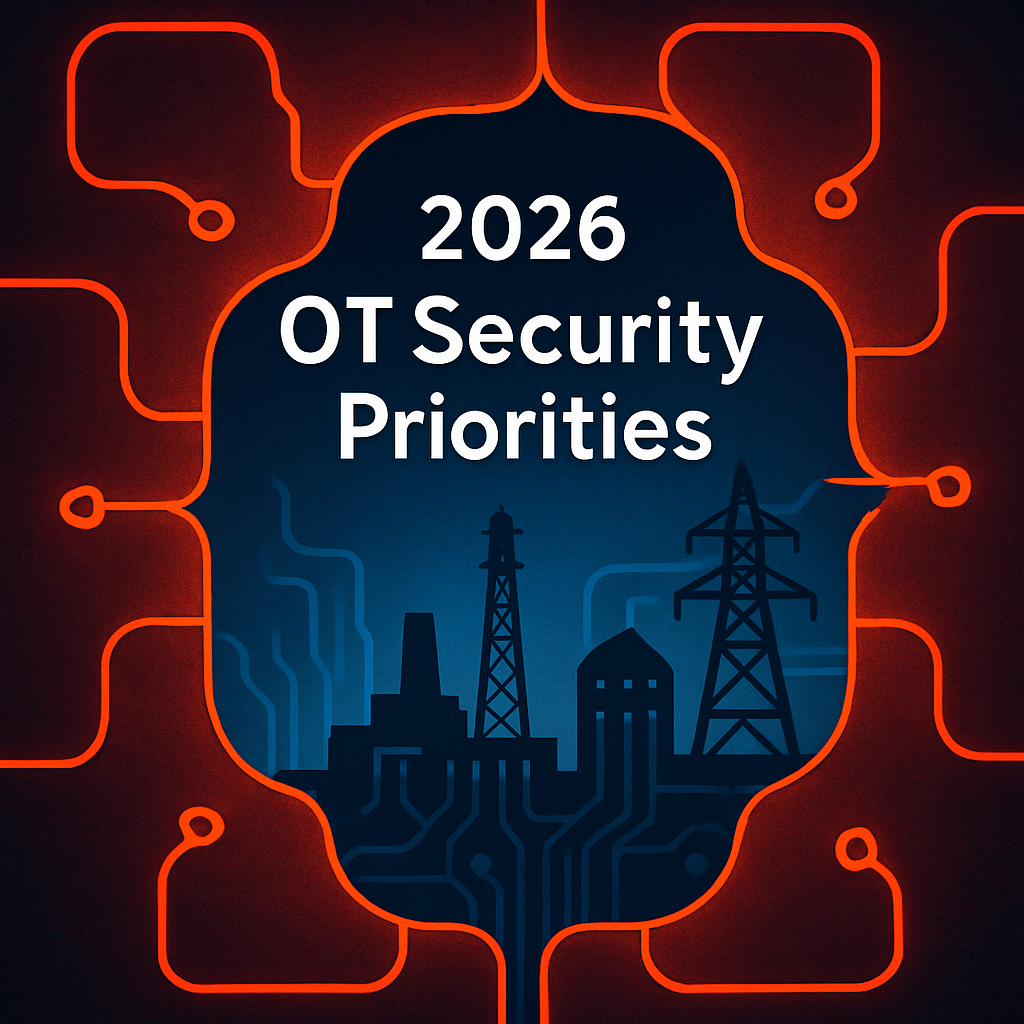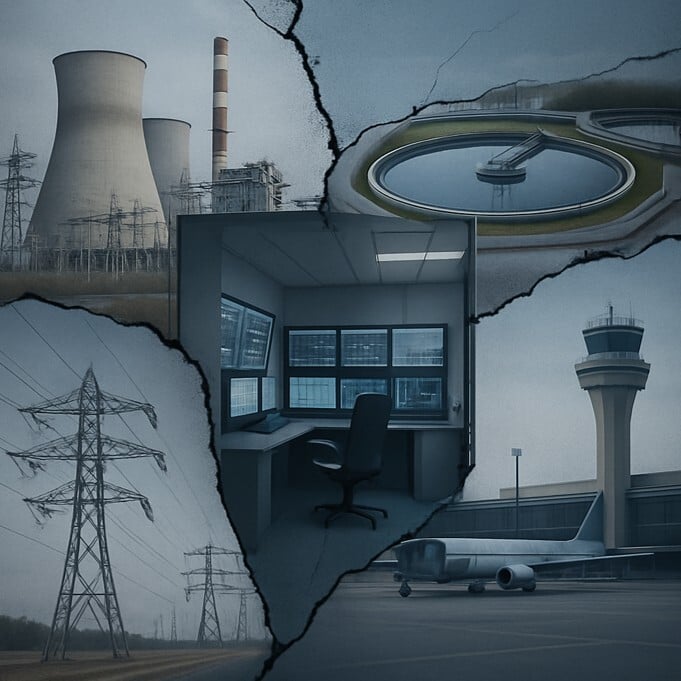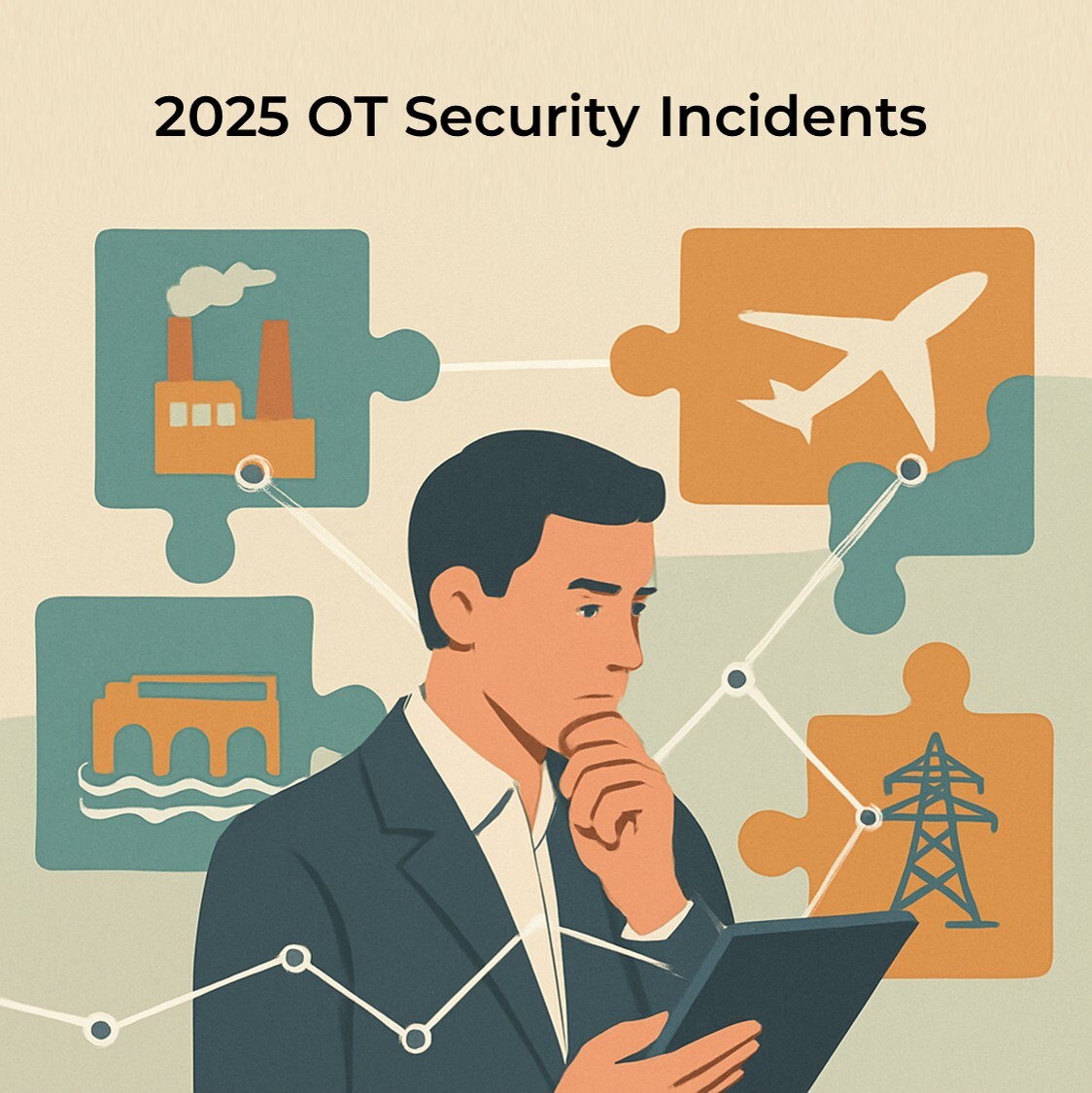Strengthening Cybersecurity in Critical Infrastructures Through Advanced Authentication

In an age where cyber threats are becoming increasingly sophisticated, relying on traditional authentication methods like usernames and passwords for critical infrastructure is no longer sufficient. Recent reports have highlighted alarming vulnerabilities in our essential systems, emphasizing the need for immediate action to mitigate these threats.
A recent article from The Verge sheds light on the escalating risks faced by critical water infrastructure in the United States. According to the Environmental Protection Agency (EPA), cyberattacks against community water systems are becoming more frequent and severe, threatening the integrity and safety of the nation’s drinking water supply. The EPA's enforcement alert, issued on May 21, 2024, emphasizes the critical need for immediate action to strengthen cybersecurity measures.
The Growing Threat Landscape

The EPA's alert highlights several key concerns:
- Increased Frequency and Severity of Cyberattacks: Cyberattacks are not only more common but also more damaging, with potential impacts including the disruption of water treatment, distribution, and storage, as well as the alteration of chemical levels to dangerous amounts.
- Compliance Failures: Over 70% of inspected water systems have failed to comply with cybersecurity mandates under the Safe Drinking Water Act. Basic security measures, such as changing default passwords and revoking access for former employees, are often neglected.
- State-Sponsored Cyber Threats: Foreign governments and state-sponsored cyber groups, such as Volt Typhoon from China and Sandworm from Russia, have successfully compromised critical infrastructure, potentially embedding capabilities for future disruptions.
The Need for Advanced Authentication
The reliance on usernames and passwords poses significant vulnerabilities. Traditional methods are susceptible to breaches, leading to unauthorized access and potential control of critical systems. Experts across the cybersecurity field have voiced concerns about this issue.
Kevin Mitnick, a renowned cybersecurity consultant, has frequently highlighted the inadequacy of passwords in protecting sensitive systems. He emphasizes that "passwords are easily compromised through various means such as phishing, social engineering, and brute force attacks. Organizations must adopt more sophisticated authentication methods to safeguard their data and infrastructure."
Bruce Schneier, a prominent security technologist, also warns against the dangers of relying solely on passwords. Schneier points out that "passwords are the weakest link in cybersecurity. Multi-factor authentication (MFA) and dynamic authentication solutions provide a more robust defense against the increasing number of cyber threats."
Furthermore, the 2023 Verizon Data Breach Investigations Report revealed that over 80% of data breaches involved the use of stolen or weak passwords. This statistic underscores the urgent need for more secure authentication practices.

To address these vulnerabilities, businesses and professionals managing critical infrastructure must explore and implement advanced authentication solutions. Here are some key considerations for enhancing cybersecurity:
- Dynamic Authentication Methods: Implementing authentication systems that use dynamic, one-time-use codes can significantly reduce the risk of unauthorized access.
- Multi-Factor Authentication (MFA): Combining multiple forms of verification, such as biometrics, physical tokens, or mobile authentication apps, adds an additional layer of security.
- Regular Security Audits and Training: Conducting regular cybersecurity audits and providing ongoing training for employees helps ensure that security protocols are up-to-date and effectively implemented.
- Comprehensive Cyber Hygiene Practices: Regularly updating software, backing up systems, and minimizing public-facing internet exposure are essential practices to maintain robust security.
Encouraging a Proactive Approach
Considering the growing threats and vulnerabilities, it's essential to take a proactive approach towards enhancing cybersecurity. Organizations are encouraged to stay informed about the latest security technologies and best practices. By exploring advanced authentication methods and implementing comprehensive cybersecurity measures, we can better protect our critical infrastructure and ensure the safety and reliability of essential services.
--------------------

swIDch will continue its quest to innovate and pioneer next-generation authentication solutions. To stay up-to-date with the latest trends sign up to our newsletter and check out our latest solutions.

2025 made one truth uncomfortably clear: the biggest weaknesses in OT security no longer sit inside the control layer,

The OT and critical infrastructure incidents we witnessed throughout 2025 showed, with unusual clarity, where attackers

2025 was marked by a series of real-world OT and infrastructure incidents across Europe and North America. A dam gate
Looking to stay up-to-date with our latest news?